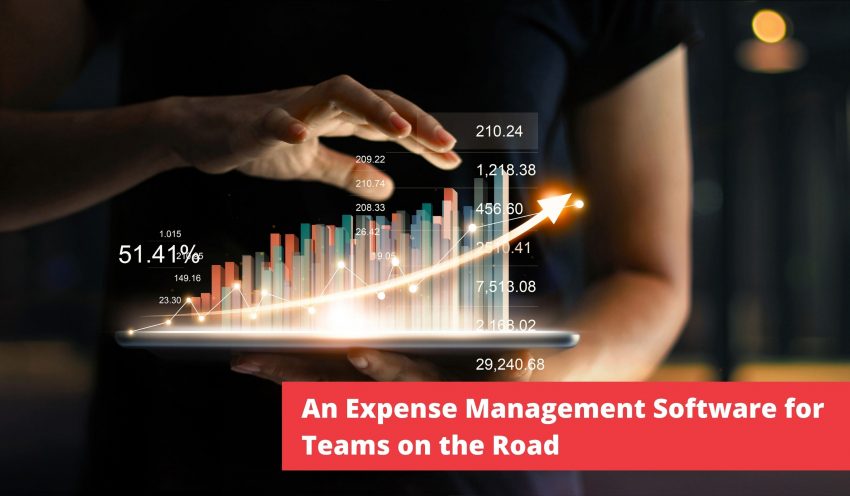Does your delivery driver always return with a stack of bills?
Big Saving Tip:
Up to 30% Cost Savings for the Company, know-how!
Expenditure during transit consumes a big part of an organization’s budget in the case of logistics companies. Many businesses consider it the second-most challenging operating cost to manage, yet they opt to ignore digitizing the expense management process.
Managing transit expenses is critical for gaining clear visibility. It provides visibility into overall spending, identifying leaks & offenders, tight control of expense-prone departments, reducing errors, and ensuring that employees follow company policy.
Did you know?
“Expense reimbursement is one of the easiest ways for unethical employees to steal from the company.”
What are the Top 5 Challenges in Logistics Expense Management?
- Manual entry and attaching of receipts
- Lack of analysis of travel expenses
- Inadequate reporting transparency
- Excessive Travel Expenses
- Limited visibility
How do we solve this?
Let digitization strike you! Gain more control over your logistics costs. Calculate how much you’d save by switching to Zaggle EMS!
Managing expenses digitally is a quick way to obtain expense reports while reducing paper trails, costs, approval time, and the reimbursement cycle. An automated expense management system enables you to effectively enforce your expense and reimbursement policies. It not only seeks receipts for spending, but also motivates employees to submit mandatory reports on time and comply with expense policies by assuring that the system accepts only those reports that agree with the policy.
As a result, companies should put in place solid expense management systems. Automated systems go beyond making the process of submitting reports and enforcing expense policies. They also simplify the access to historical data which helps to generate analytics-based insights into spending trends.
Why Zaggle EMS:
Optical Character Recognition [OCR] is used to power Zaggle EMS. This is a technique that can digitize printed letters or written text.
Characters from scanned documents or photographs cannot be recognized or interpreted by computers on their own. OCR bridges this gap by assisting the computer in understanding the image, recognizing the characters, and recording it for further processing.
OCR provides for the scanning of diverse types of documents into a recognized format. OCR can be used for a variety of purposes, including recording payment receipts, preventing fraudulent transactions, turning handwriting into digital text, and clearing cheques by automatically validating handwritten information.
All these features assist a company in being paperless, saving the finance team hours of work sifting through stacks of paper receipts.
Here’s something for you! Begin your 28-day free trial now.


